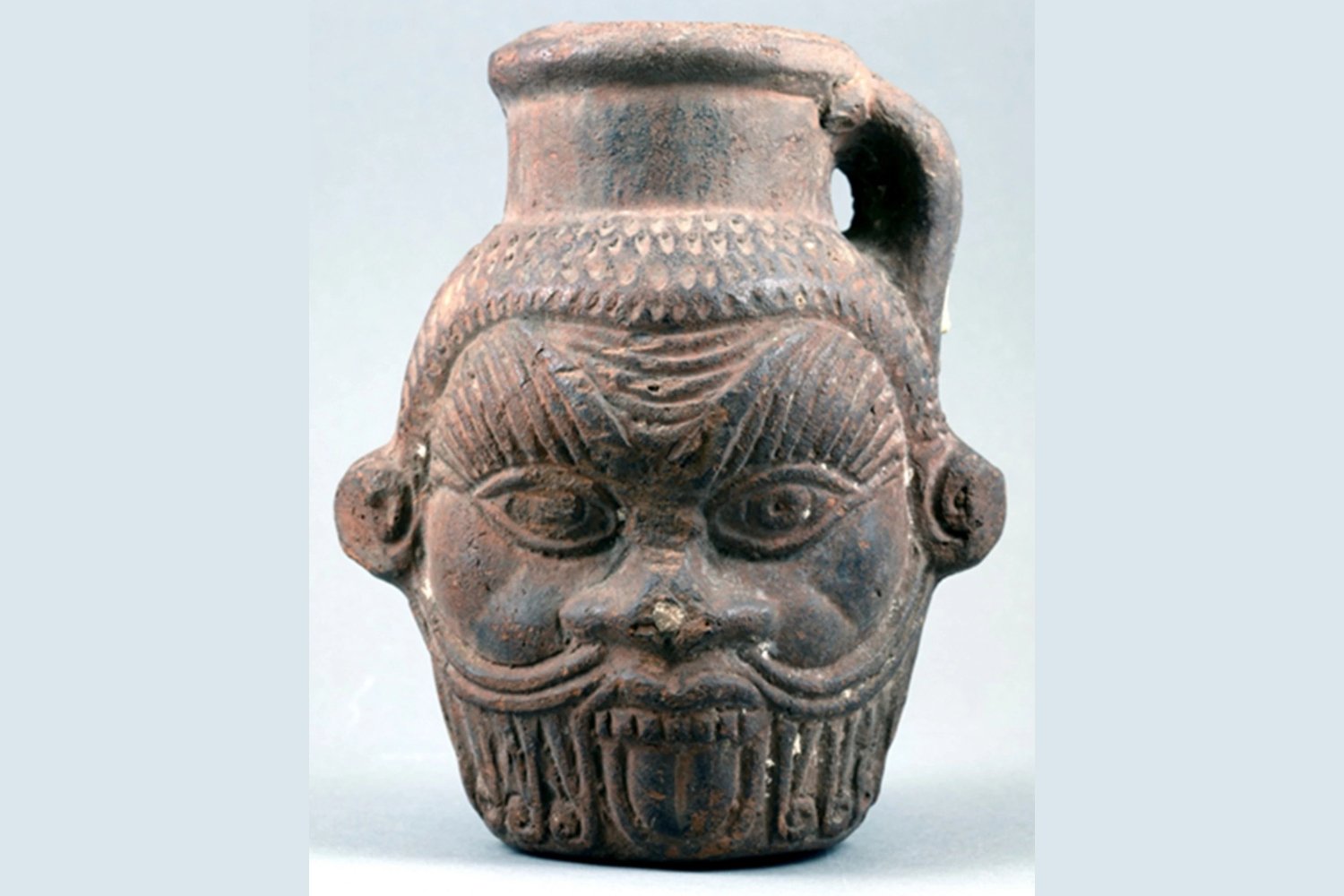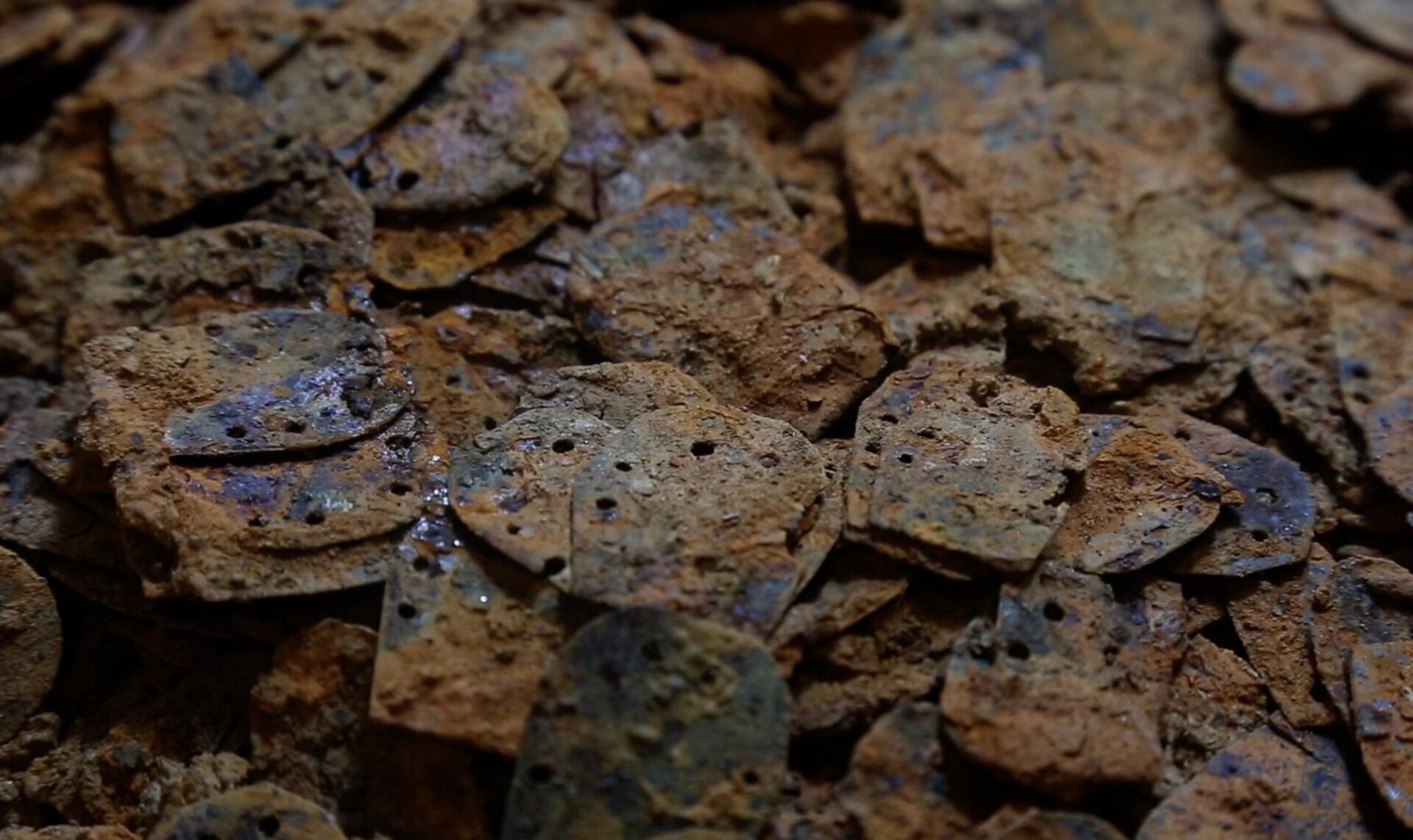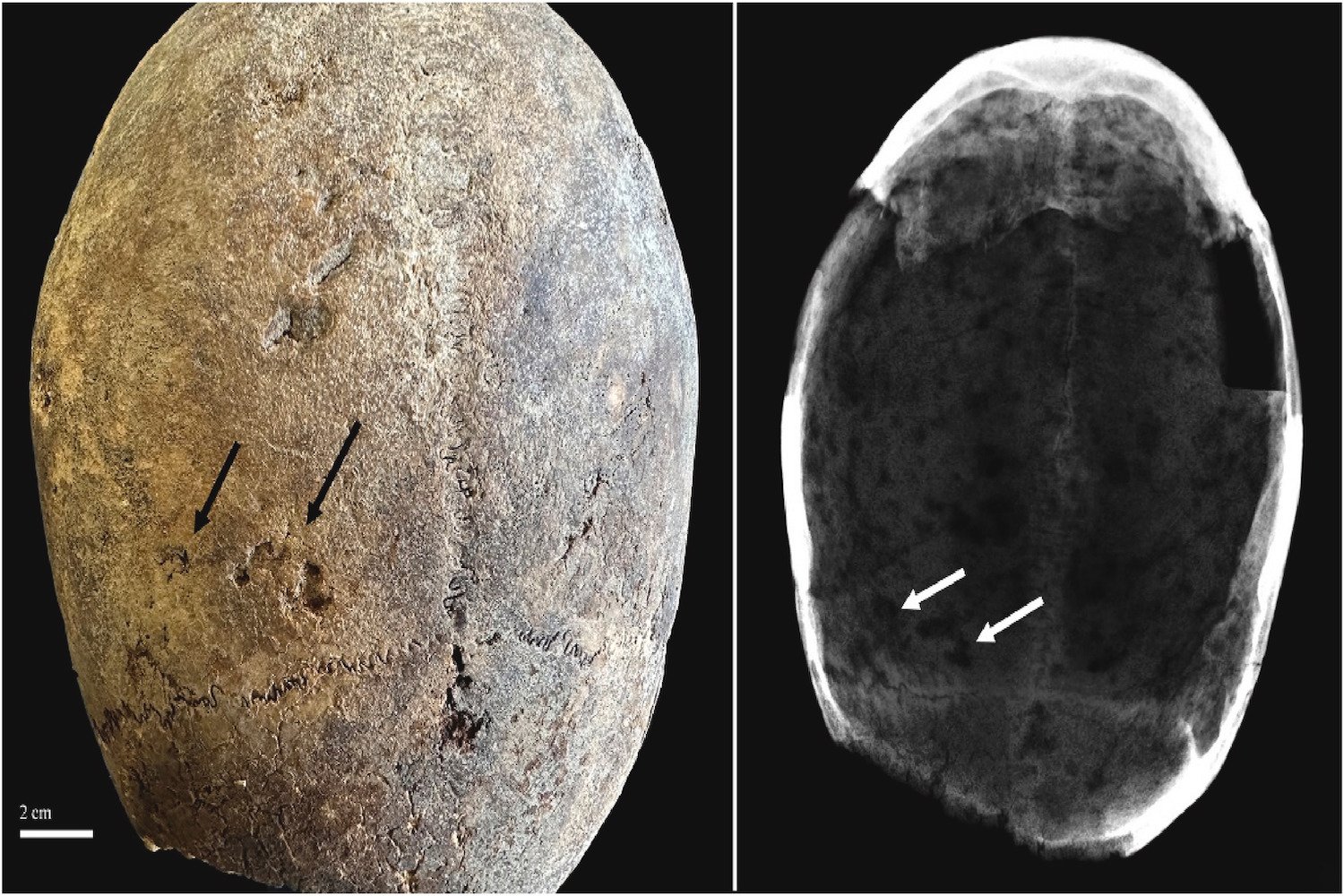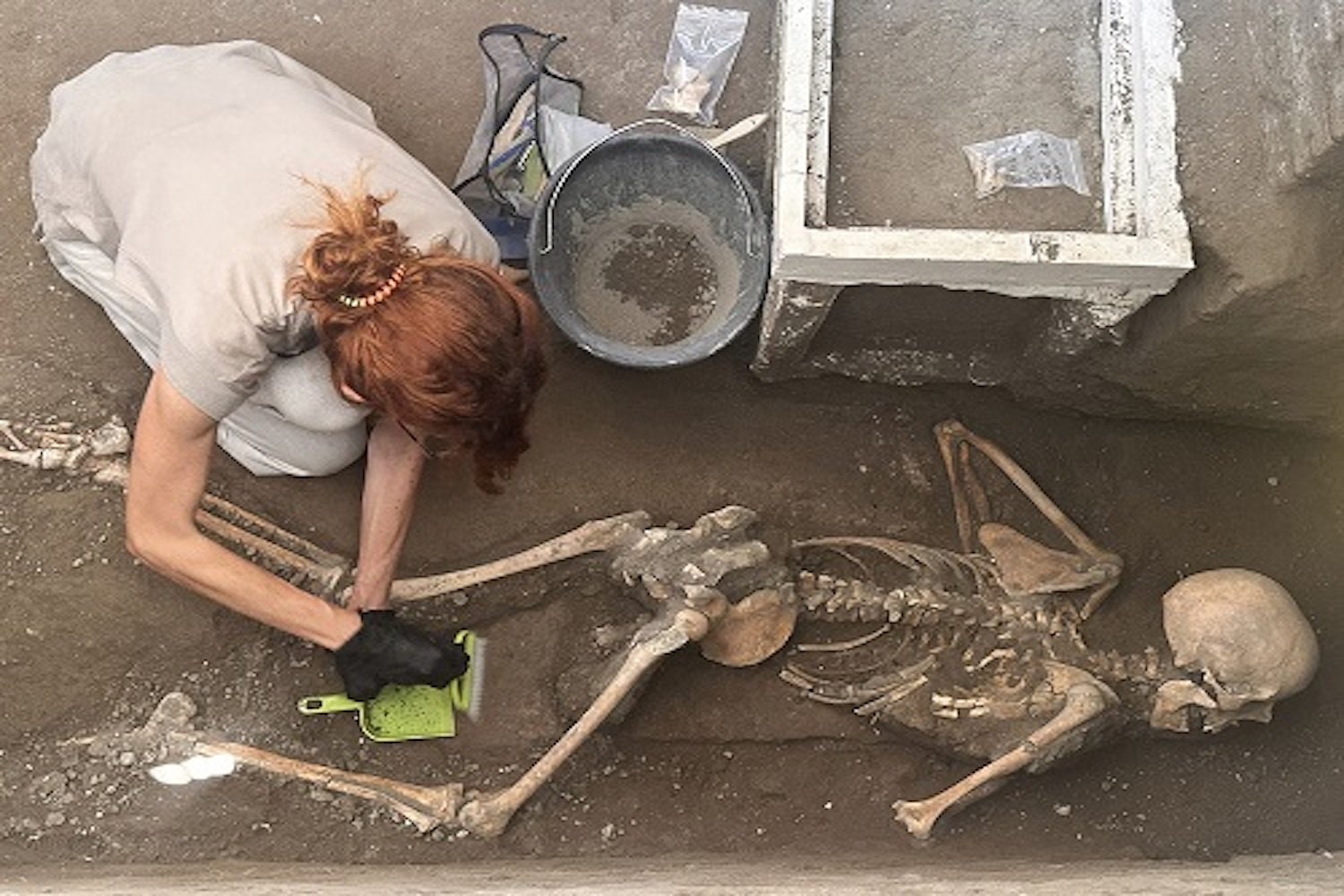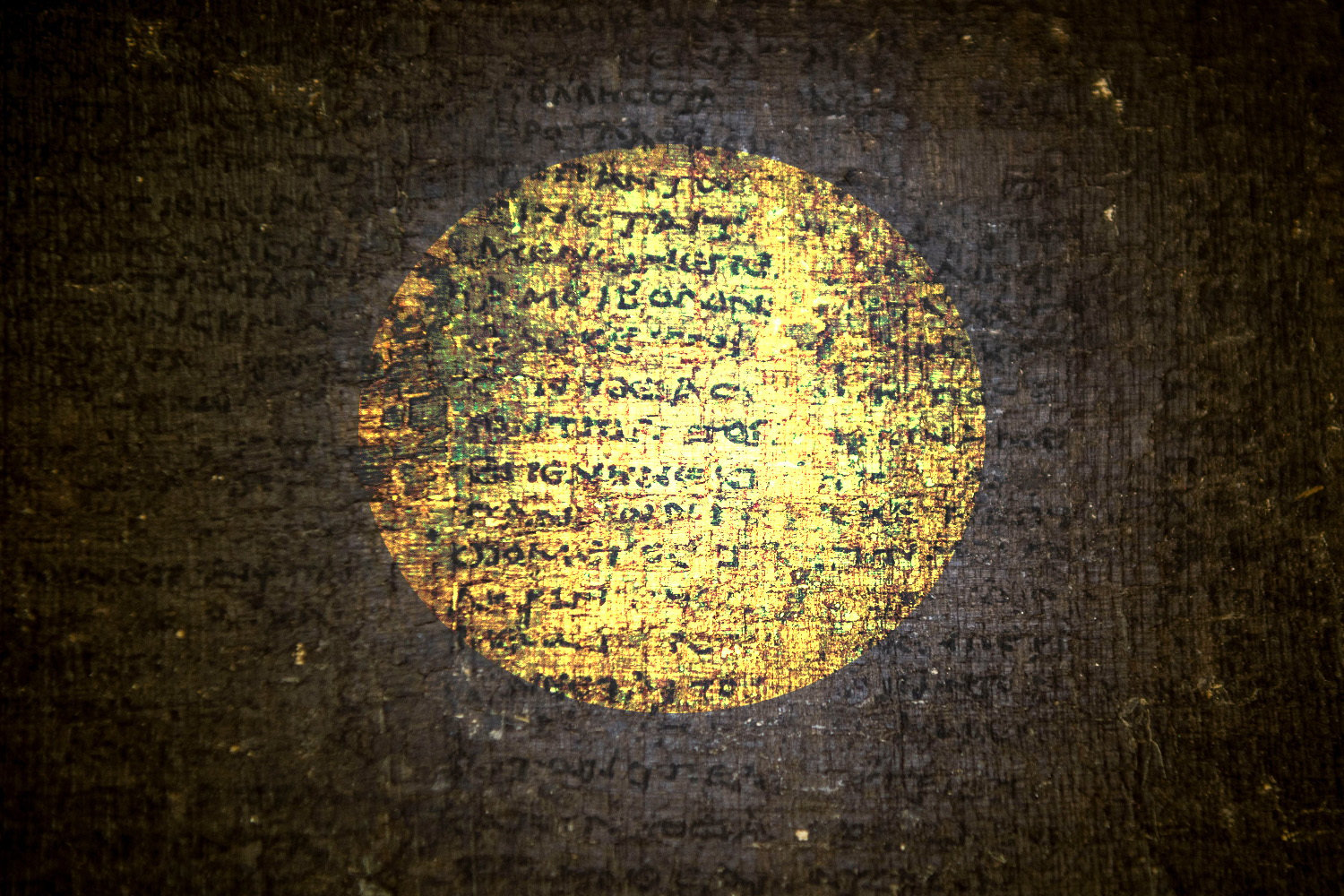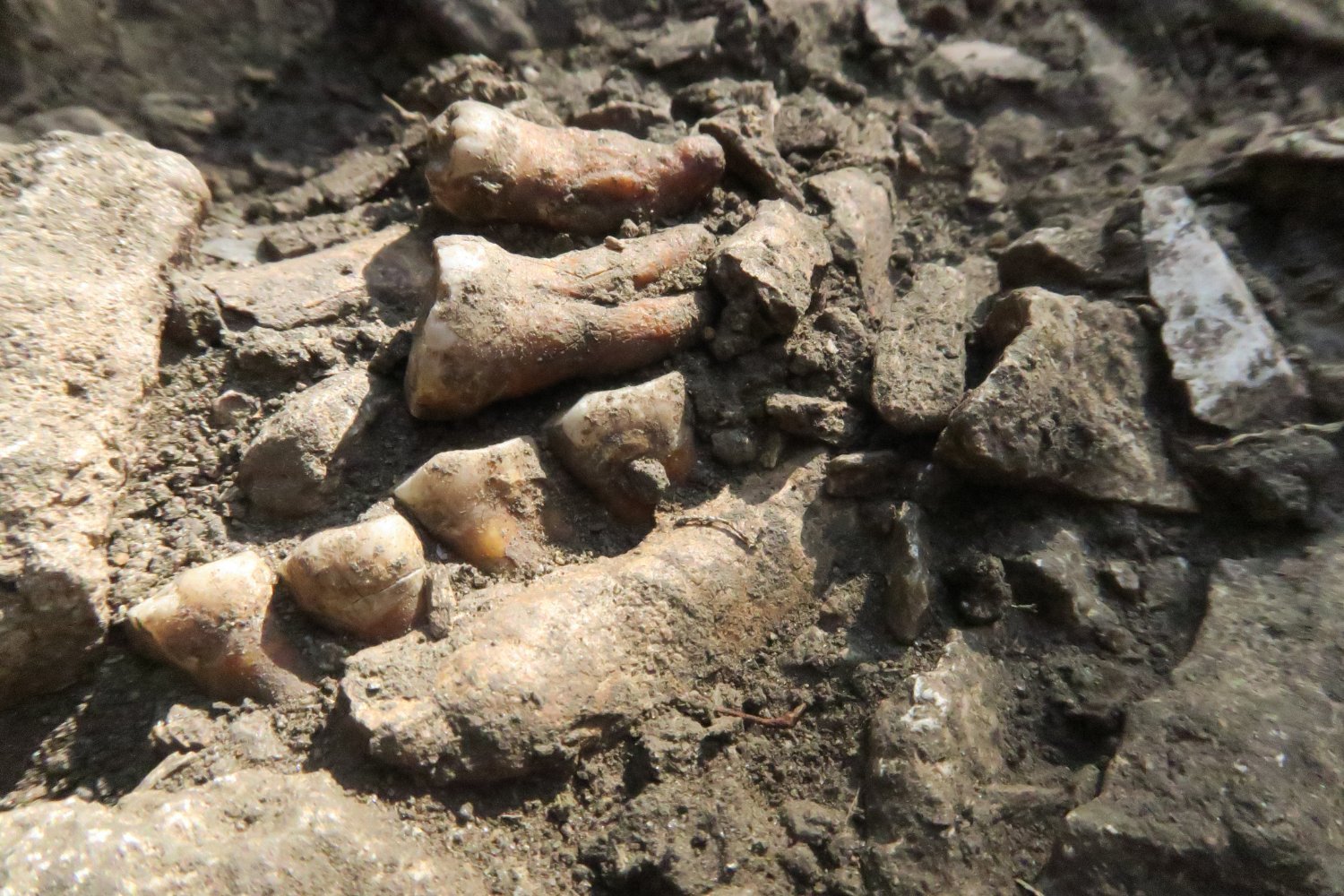The ancient Egyptians left behind a rich tapestry of artifacts, many shrouded in mystery. Among these are the enigmatic Bes mugs, head-shaped vessels depicting the deity Bes. Recent research has shed light on the contents of these curious vessels, revealing a surprising concoction of ingredients used in ancient rituals.
The Bes mugs, ceramic vessels dating from the 16th century BCE to the 5th century CE, are adorned with the image of Bes, a dwarf-like god associated with fertility, protection, healing, and purification. The specific purpose of these mugs has long puzzled researchers, with theories ranging from everyday use to religious ceremonies and magical rituals. A recent study, published in Scientific Reports, examined a Bes mug from the Ptolemaic period (323-30 BCE) housed in the Tampa Museum of Art, utilizing advanced chemical and DNA analyses.
Deciphering the Ancient Recipe
The analysis unveiled a complex mixture within the mug, far more intricate than simple beverages like water, milk, wine, or beer. The concoction contained not only honey, sesame seeds, pine nuts, licorice, and grapes but also traces of hallucinogenic substances, alcohol, and bodily fluids such as breast milk, mucus, and blood. This discovery marks the first time scientists have identified physical evidence of all the ingredients in a Bes mug, offering a unique glimpse into ancient Egyptian practices.
Ritualistic Implications
The presence of hallucinogens and other ingredients suggests the Bes mug was used in rituals, potentially linked to Egyptian mythology. Researchers hypothesize that the mixture may have been part of a ritual reenactment, possibly related to fertility. Given Bes’s association with childbirth and protection, the ritual might have been performed during pregnancy, a period fraught with danger in the ancient world. This theory aligns with the concept of “Bes chambers” in Saqqara, rooms believed to be used for rituals related to successful pregnancies.
Further Research and the Future of Discovery
The study’s findings offer valuable insights into the magical rituals of Greco-Roman Egypt. Further research, including analysis of other Bes mugs, is crucial to determine if these ingredients were consistently used and to further refine our understanding of their purpose. This ongoing investigation promises to unveil more secrets about the fascinating world of ancient Egyptian beliefs and practices.
This ancient Bes mug reveals a complex blend of ingredients used in Egyptian rituals.
The Egyptian god Bes, depicted as a dwarf-like figure, was associated with fertility, protection, and healing.



